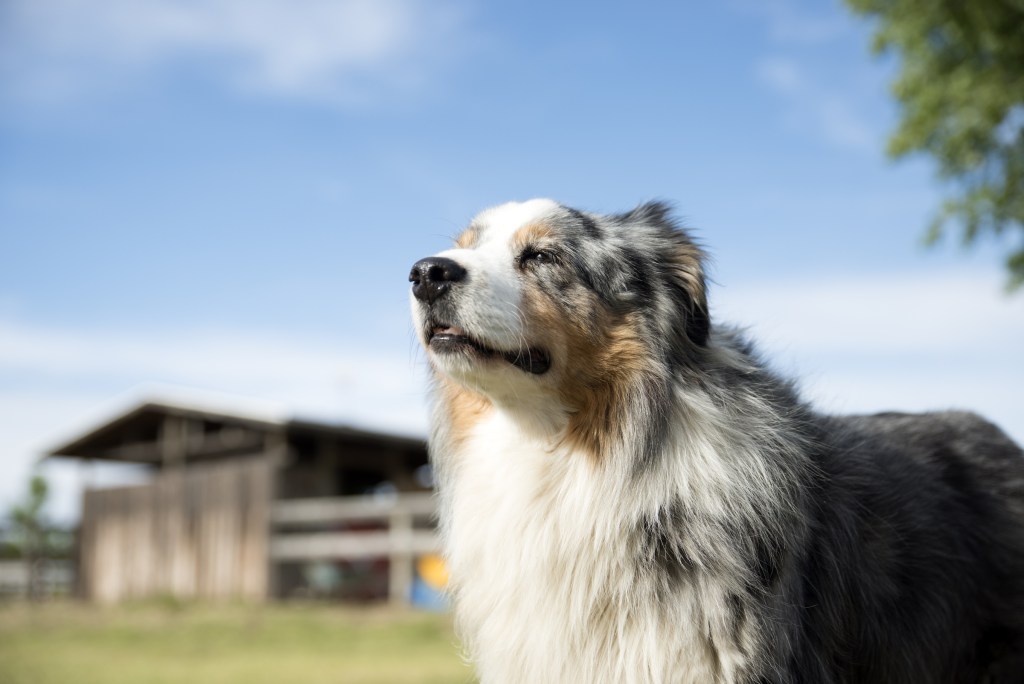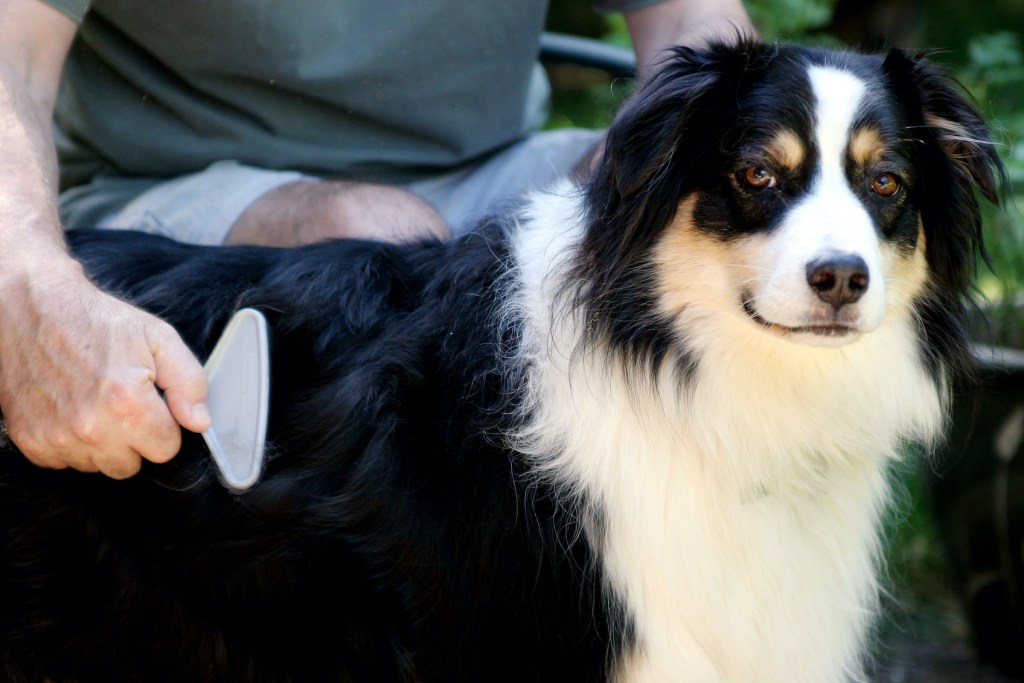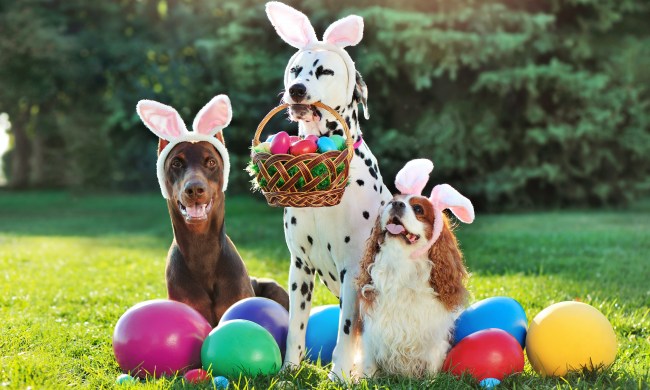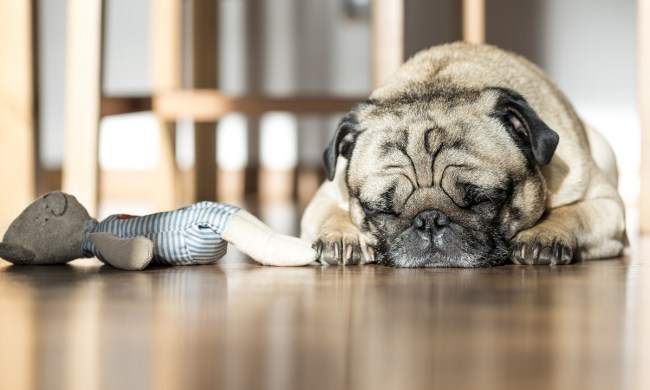When you think about high-shedding dog breeds, which ones come to mind? Many recall large Northern breeds like Alaskan Malamutes or even smaller fur balls like the Pekingese. Australian Shepherd shedding, though, isn’t nearly as widely understood. Perhaps this feature gets shadowed by their coat’s gorgeous patterns and coloring, or maybe it’s because this breed tends to spend so much time outdoors, leaving fur there instead. Whatever it is, it’s raised many questions about the best way to groom the smart and playful Australian Shepherd.
Before taking to your favorite search engine to find the first answer you see, check out what Australian Shepherd experts had to say. We checked in with animal hospitals and breed organizations to get the dirt on Aussie shedding, and this is what you’ll want to know:

How bad does an Australian Shepherd shed?
Australian Shepherds are revered for their gorgeous, multicolored coats, but have you ever thought about the downside to all that fur? It’s true — this breed is known for moderate to heavy shedding, and it can be tricky to keep up with during coat-blowing season (via Australian Shepherd Club of America).
The Australian Shepherd’s coat consists of two layers of water-resistant, self-cleaning fur — but don’t be fooled. Even though the natural oils of Aussies’ skin keep their fur slick and clean, you will need to give them regular baths and grooming sessions. State Road Animal Hospital has good news for pet parents of this breed, though: Aussies only need baths every few months, so your job may not be as tricky as it seems.
Do all Australian Shepherds shed?
Because of their thick double-layered coat, all Australian Shepherds will shed. Of course, some individuals will shed more or less than others, but it’s safe to say that where this breed goes, they leave some fur behind.
Like all dogs, they will “blow their coat”, or experience a large amount of shedding, in the spring and summer. This helps them stay cool during the warmer months of the year, but it also means you’ll get a bit of a break from the furry chaos as you head into the fall and winter.

How to manage Australian Shepherd shedding
Even though these dogs lose a lot of hair, there are a few things you can do to keep it under control. The way you groom your Aussie will change a lot about their coat, so here’s where to begin:
Keep up with brushing
Even though Australian Shepherds have self-cleaning coats, you’ll still need to give them a hand with removing dirt and tangles. Luckily, a slicker brush and undercoat rake are all you’ll need to keep your pup’s skin and fur feeling supple and smooth.
When detangling your dog, start by using the slicker brush in the direction of hair growth, working more (but still gently) over any areas that give you resistance (via ASCA). With the undercoat rake, you can then comb through the coat — all the way down to the skin — to ensure there’s no dirt or tangles left behind. The Australian Shepherd Club of America recommends using the undercoat rake by “get[ting] into the coat then comb[ing] slightly outward from the body rather than scraping it across the skin.”
Don’t over-bathe your dog
As we’ve mentioned, the double-layered coat of the Australian Shepherd keeps itself slick and clean with the help of the skin’s natural oils. Aubrey Animal Medical Center recommends not over-bathing your dog — that is, not bathing them more frequently than once every two months or so — unless necessary.
That’s the thing with Aussies; these curious pups might spend playtime out in the dirt! If you’re able to brush out the nasties instead of getting them wet, it may be for the best.
Trim if necessary, but never shave
Though grooming professions usually do not recommend trimming or shaving a dog who sheds, you can use a pair of thinning shears to control an unruly coat. The ASCA suggests using shears with 42 to 46 teeth for the most natural look.
Be sure never to shave your Australian Shepherd (unless medically necessary, of course) to avoid leaving your dog cold and confused. Some pet parents try this as a method to reduce shedding, but the ASCA can confirm that this does not work. They will simply shed sorter hairs!
Now that you know everything you need about Australian Shepherd shedding and coat care, you can apply your newfound wisdom at home. Whether you invest in a new brush or set a new bathing schedule for your buddy, you can pat yourself on the back for taking the next step. Go you!



